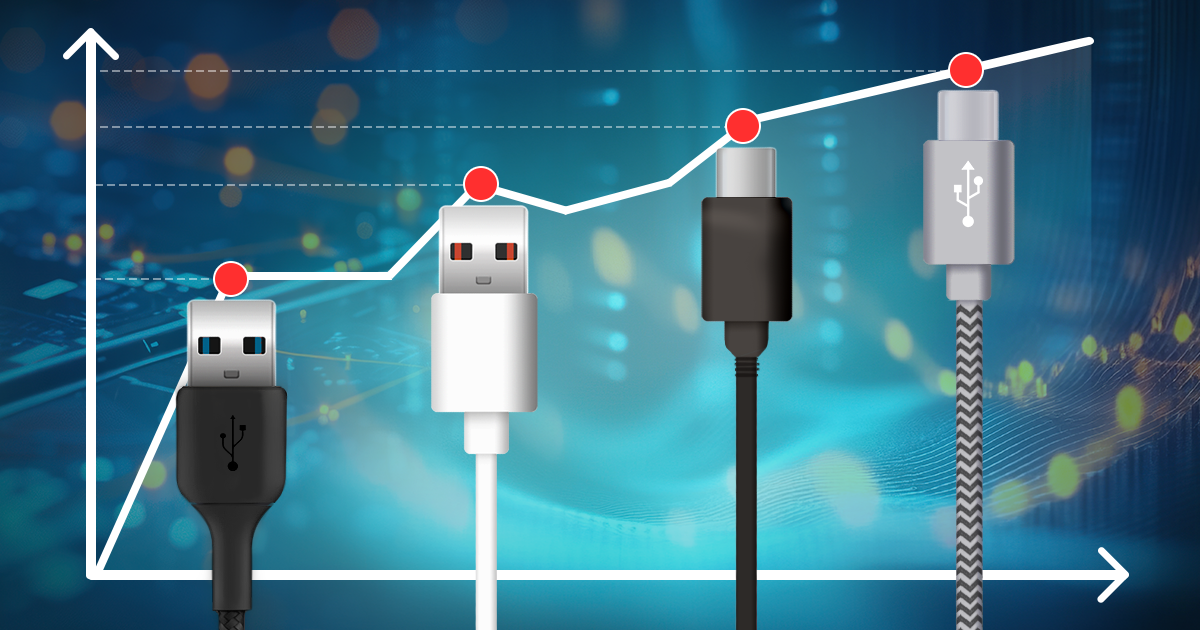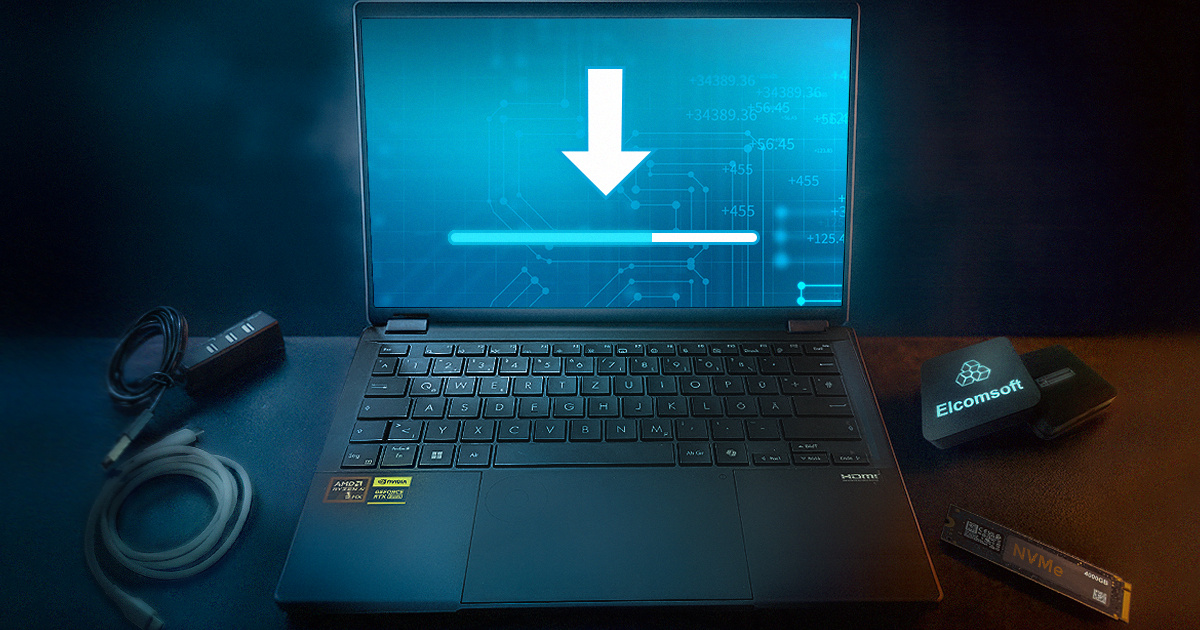Is jailbreaking an Apple TV worth it? If you are working in the forensics, it definitely is. When connected to the user’s Apple account with full iCloud access, the Apple TV synchronizes a lot of data. That data may contain important evidence, and sometimes may even help access other iCloud data. I have some great news for the forensic crowd: the Apple TV does not have a passcode. And some bad news: jailbreaking is not as easy and straightforward as we’d like it to be. Let’s have a look at what can be done.
There is a bit of confusion about our software designed to allow breaking into password-protected systems, files, documents, and encrypted containers. We have as many as three products (and five different tools) dealing with the matter: Elcomsoft Forensic Disk Decryptor (with an unnamed memory dumping tool), Elcomsoft System Recovery and Elcomsoft Distributed Password Recovery, which also includes Elcomsoft Hash Extractor as part of the package. Let’s briefly go through all of them. Hopefully it will help you select the right product for your needs and save time in your investigation.
BitLocker, EDPR, EFDD, Elcomsoft Distributed Password Recovery, Elcomsoft Forensic Disk Decryptor, Elcomsoft System Recovery, ESR, FileVault2, password recovery, TrueCrypt, VeraCrypt
“We shouldn’t ask our customers to make a tradeoff between privacy and security. We need to offer them the best of both. Ultimately, protecting someone else’s data protects all of us.” Guess who said that? The answer is at the end of the article. In the meantime, we keep talking of iPhone and iOS security, following up the Apple vs. Law Enforcement – iOS 4 through 13.5 article. This time we are about to discuss some other aspects of iOS security.
Last week, Microsoft Edge has become the second most popular desktop Web browser based on NetMarketShare usage figures. The new, Chromium-powered Edge offers impressive levels of customization and performance, much better compatibility with Web sites. The new browser is available on multiple platforms including older versions of Windows. With Chromium-based Edge quickly gaining momentum, we felt the urge of researching its protected storage.
Modern encryption tools employ strong encryption with multiple hash iterations, making passwords extremely difficult to break. The November article “What is password recovery and how it is different from password cracking” explains the differences between instantly accessing protected information and attempting to break the original plain-text password. In that article, I briefly mentioned GPU acceleration and distributed attacks as methods to speed up the recovery. In this article, I’ll discuss the two acceleration techniques in more detail.
Password managers or password reuse? This is the question faced by most consumers. Reusing a password or its minor variations for different accounts has never been a good idea, yet in today’s world of online everything the rate of password reuse reaches astonishing values. Using a password manager helps reduce password reuse, supposedly offering increased security. In this article, we’ll perform forensic analysis of some of the most common password managers.
ASUSTOR advertises secure AES encryption with a 256-bit key. According to the manufacturer, AES-256 encryption is made available through the entire range of its current NAS devices. Unlike other manufacturers, ASUSTOR is very upfront regarding the type of encryption employed by its NAS devices: “ASUSTOR NAS offers folder based military grade AES 256-bit encryption”. As a result, we’re once again dealing with folder-based encryption running on top of the open-source encrypting file system eCryptfs. We’ve already seen eCryptfs-based encryption in attached storage devices made by Synology and TerraMaster. Does ASUSTOR have any surprises, or will its implementation of folder-based encryption suffer from the many restrictions and limitations? Let’s find out.
Modern wireless networks are securely protected with WPA/WPA2. The most frequently used method of securing access to a wireless network is pre-shared passphrase, or, simply put, a text password. The WPA standard enforces the minimum length of 8 characters for all Wi-Fi passwords. Considering the relatively low performance of WPA/WPA2 password attacks, brute force attacks are rarely effective even when performed with a network of GPU-accelerated computers. In this article, I will show how to attack wireless passwords for the purpose of security audit.
How can you make your system and documents secure? Today, 256-bit AES encryption is offered by everyone and their dog. However, AES encryption does not mean much (or anything at all) when it comes to the real security of your data. Implementing encryption at the right time and in the right spot is no less important than choosing strong encryption credentials and managing the encryption keys.
Thecus has been manufacturing NAS devices for more than 15 years. The company develops an in-house Linux-based NAS OS, the ThecusOS. At this time, the most current version of the OS is ThecusOS 7. Thecus advertises secure data encryption in most of its NAS devices. The company’s volume-based encryption tool allows users to fully encrypt their entire RAID volume, defending essential data in instances of theft of the physical device. We found Thecus’ implementation of encryption somewhat unique. In this research, we’ll verify the manufacturer’s claims and check just how secure is Thecus’ implementation of 256-bit AES encryption.


